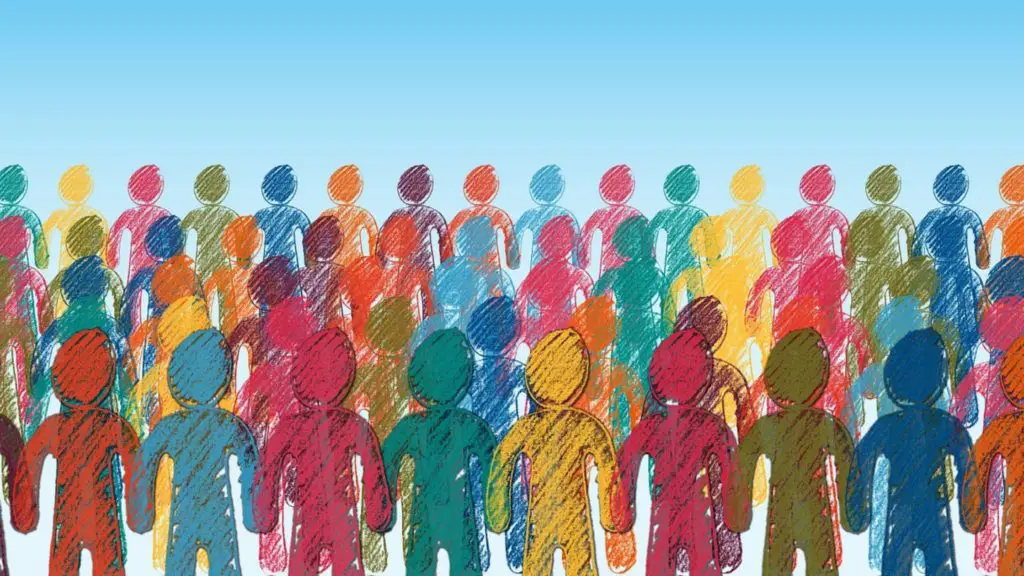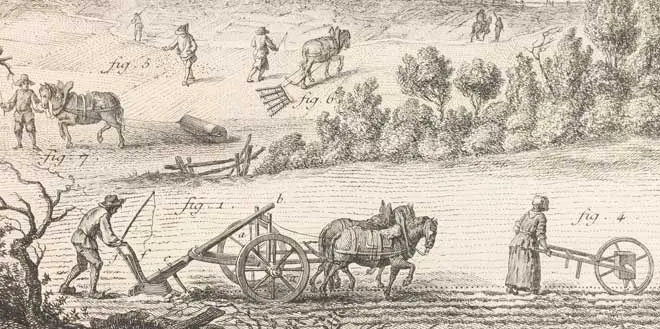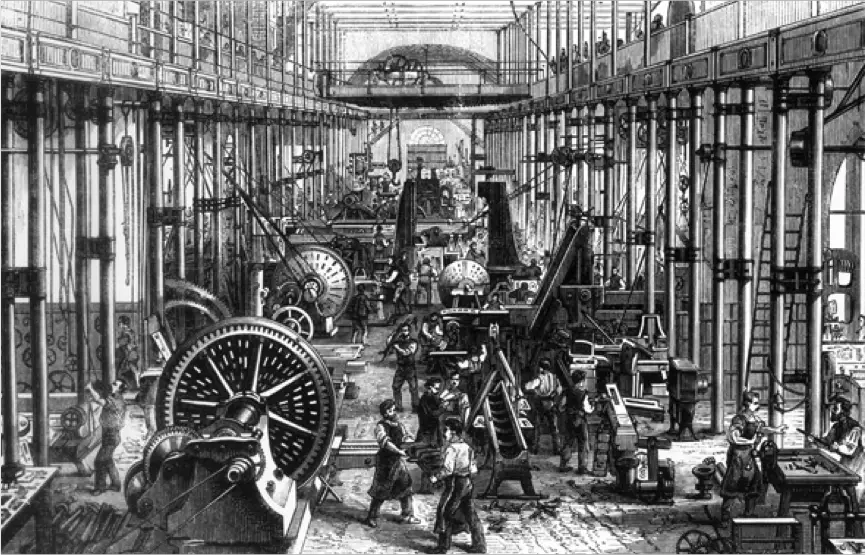Elements of Sociological Analysis

As we look closely at the heart of sociology, we need to also grasp the essential elements that constitute society. Together, we will learn more about culture, social interactions, groups, organizations, deviance, social control, and inequalities, as well as the evolution of societies.
Click below to go to the main reviewer:
Table of Contents
- Culture and Socialization
- Evolution of Societies
- Social Structures and Interaction
- Groups and Organizations
- Deviance and Social Control
- Social Inequalities
- References
- Download Article in PDF Format
- Test Yourself!
Culture and Socialization
Color makes everything more visually presentable. But do you know that color has different meanings across societies?
For instance, in the United States, the color white signifies innocence and purity; but you may want to avoid giving white flowers to people in China, as they associate it with death. Color red usually represents love, but when you use red ink for South Koreans, it symbolizes death.
These differences in meanings attached to color are largely shaped by one’s culture.
Culture is the beliefs, values, and practices shared in a society. Society is a group of people interacting within a defined spatial territory who share cultural beliefs and practices.
All societies consist of shared ideas, attitudes, and beliefs (nonmaterial culture) as well as physical objects and artifacts (material culture) that form their culture.
Behaviors of people within a society are guided by its cultural norms or the established and agreed-upon expectations and rules. Social norms are further categorized into folkways, mores, laws, and taboos.
Folkways are norms without moral significance. These are the conventional behaviors that would not have grave consequences when not followed. Mores, on the other hand, are norms of morality—embodying the society’s moral views and principles while laws are formal rules enforced by the state. Lastly, taboos are societal behaviors that are prohibited and may result in ostracism.
Members of the society are expected to conform to its cultural norms, and these are learned through socialization. This is a lifelong process of internalizing society’s values, norms, and beliefs, which help an individual adapt and adjust to his social group.
There are cultural patterns that were identified to be common across all societies globally such as music and humor (cultural universals) but not all people even within the same society will have a completely similar culture.
There will be subcultures (groups that possess the dominant culture but have specific identifications at the same time) and countercultures (groups whose values, beliefs, and practices are substantially different from the widely accepted culture).
Almost everyone has this sense of pride when it comes to their way of life. According to William Graham Sumner (1840-1910), people have this tendency to think that their culture is better than others. They view other cultures based on how it is compared to their own beliefs, values, and practices (ethnocentrism), which often leads to cultural imperialism or the act of imposing their own values on another culture.
As opposed to ethnocentrism, cultural relativism is the manner of looking at other cultures in their own context.
Evolution of Societies
Ways of life are not static—it changes over time and between groups as people continue to evaluate and form culture collectively.
Its roots and development can also be traced from the evolution of societies. The use of technology is a major factor in societal advancement. Societies are classified in terms of their industrialization level: pre-industrial, industrial, and postindustrial.

During the pre-industrial stage, societies are mostly agricultural and are limited to human labor.
There were very few divisions of labor. The first form of this is the hunter-gatherer society. Based on tribes or kinship, they rely heavily on wild plants and animals in their surroundings for their food. Thus, making them nomadic.
With egalitarian social structure, they have no concept of private ownership and their simple works depend on the member’s sex and age.
Other forms are the pastoral and horticultural societies. When people discovered their ability to breed animals and cultivate plants, they started to have surplus goods and engage in trading. They are also gradually forming permanent settlements at this time.
Agricultural society was developed when humans began to invent tools such as digging sticks and hoes. Farming as a way of living rose and people had time to explore music, arts, and philosophy, making this period to be known as the “dawn of civilization”.
Social division in terms of ownership and sexes entered the picture. This then turned to feudal societies where the power revolves around land ownership. Landlord’s fiefdoms or pieces of lands were tilled by the lower class or the peasants.

The rise of technological inventions replaced the feudal system. The period of industrial society was characterized by economic production, which was shifted from households to factories.
Work is no longer primarily based on human labor but on machines like the steam engine. Mass production led to the development of urban centers.
At this time, the population ballooned, and physical mobility became easier because of improvement in transportation. Work specialization is more complex in an industrial society.
Poverty was more evident as capitalism grew and social inequality has taken many forms.

Postindustrial societies also referred to as information or digital societies are a new type of society that is emerging; one that is centered on producing non-material goods such as information and services.
Digital technology drives the economy—transforming it from a manufacturing-based to a service-based economy.
Social Structures and Interaction
As societies continue to develop, regular and repetitive interactions among the members emanate and social institutions are being set. These patterned social relations and organized social institutions are called social structures.
Peter Berger (1929-2017) and Thomas Luckmann (1927-2016) stated that societies are in fact, just from habits, created by humans and are shaped by human interactions. Those habits turned into social patterns through the process of habitualization.
Moreover, values and beliefs are ingrained in society through the process of institutionalization. The social structures that we have now are products of interactions by those before us and we also have the power to maintain or change them for future generations.
Groups and Organizations
Humans are social beings.
Each of us belongs to a social group (two or more people who share a common identity and have regular interactions – e.g., families, close friends) and is a part of a social category (individuals who have at least one similar attribute but not interacting – e.g., gender).
Meanwhile, a crowd is regarded as a social aggregate, or people who are in the same place at the same time, have superficial interactions but do not have a shared sense of identity. Examples of this are concert crowds and shoppers at a grocery store.
George Simmel (1858-1918) was a German sociologist who studied the relationship between group size and interaction. Dyad is the smallest group composed of two persons with the most intense relationship. A triad is a three-person group that is deemed to be more stable than a dyad because the third person can help balance the first two individuals whenever conflict happens.
Based on Simmel’s research, the larger the group size, the lesser the interaction and the weaker the emotional bonds among group members. However, the increase in membership will also help the group have more stability and greater chances of survival.
Groups were further categorized into two: primary and secondary groups. Charles Horton Cooley (1864-1929) defined the former as a small group with strong emotional ties, intimate interaction, and is composed of one’s significant others or those who play a vital role when it comes to his socialization. The latter is usually task-focused, larger in size, and more impersonal in nature. Secondary groups have less emotional attachments than the primary groups.
When a person has a sense of belongingness to a certain group, whether primary or secondary groups, it is what sociologist William Sumner (1840-1910) termed as in-group. Otherwise, it is called an out-group, wherein an individual sees himself in a group as an outsider.
In addition to these, all individuals have reference groups, which serve as a standard of measurement where people compare themselves with.
Societies are composed of many large and complex secondary groups. Formal organizations are groups with a common goal who follow formal relationships and systems of authority. From these formal organizations, informal organizations are formed when workers start to relate with one another.
Organizations can be normative (membership is voluntary and is based on shared interest), coercive (forced or required membership and without affinity), or utilitarian (the reason for membership is to get a specific material reward).
Goals define an organization and the latter’s continued existence primarily depends on whether they achieve these goals or not.
Deviance and Social Control
When cultural and social norms are not followed, this results in deviance. Deviant behaviors are those that are not in conformity with the customs and ways of life within a society and can either be criminal or noncriminal.
Edwin Sutherland (1883-1950) argued that deviant behaviors are learned by an individual from their interactions. This differential-association theory puts prime importance on the environment as a factor that plays a major role in creating room for deviant acts.
In his anomie theory, Robert Merton (1910-2003) believed that deviance is caused by individuals who want to attain a socially approved goal. This is more evident for members of the minority.
There is also this labeling theory where it states that deviant behaviors are only considered as such because of how society labels them. Those with power and authority are usually the ones who call the labels.
No matter the cause of deviant behaviors, society needs to have a form of social control or the regulation of norms, especially when it fails to produce conformity among its members.
One way societies do this is through rewards, sanctions, and punishments. A conforming member is given a reward and positive sanction, while a person who violates a norm will receive a negative sanction and punishment.
Donald Black, a social science university professor identified different key styles of social control:
- Penal – addressing violations through punishments.
- Compensatory – violator is required to pay for his offense.
- Therapeutic – deviant is to undergo therapy to usher him to his normal state; and
- Conciliatory social control – aims to reconcile disputed parties.
Social Inequalities
The development of societies has clearly reflected how social inequality came into the picture. From the basis of who has more surplus goods and owned lands, to those who have more shares in a corporation and now political power and wealth.
Social inequality is the condition of having unequal access to the benefits one can get from his society. Valued goods and opportunities are not distributed fairly among the members. This is closely linked to social stratification or the ranking of people within the society based on socioeconomic factors like wealth, income, power, and education.
As it becomes more visible, we can see that inequality is not just about social classes. It also encompasses races, ethnicity, sexual orientation, and gender identity.
Inequalities are viewed to be harmful to society because it increases the gaps between the powerful and powerless—causing a lot of social ills, weakens social bonds, and disrupts society.
References
Gauttan, S. (n.d.). Society Type: 4 Important Types of Societies. Retrieved from https://www.sociologydiscussion.com/society/society-type-4-important-types-of-societies/2798
Little, W. (2014). Introduction to Sociology – 1st Canadian Edition. Victoria, B.C.: BCcampus. Retrieved from https://opentextbc.ca/i
Schmitz, A. (2012). Sociology Comprehensive Edition. Retrieved from https://2012books.lardbucket.org/books/sociology-comprehensive-edition/s09-groups-and-organizations.html
Next topic: Social Institutions
Previous topic: The World in Sociological Lens
Return to the main article: The Ultimate Social Science Reviewer
Download Article in PDF Format
Test Yourself!
1. Practice Questions [PDF Download]
2. Answer Key [PDF Download]
Written by Arleia Agustin
Arleia Agustin
A graduate of Bachelor of Arts in Sociology, Arleia Agustin took interest in research and writing during her collegiate years. The time she spent at the University of the Philippines Los Baños taught her the essence of social sciences, to understand the society in each of its facets, and to believe that it could be changed for the better. She loves to read, dream, observe and discover beautiful stories of the people she encounters.
Copyright Notice
All materials contained on this site are protected by the Republic of the Philippines copyright law and may not be reproduced, distributed, transmitted, displayed, published, or broadcast without the prior written permission of filipiknow.net or in the case of third party materials, the owner of that content. You may not alter or remove any trademark, copyright, or other notice from copies of the content. Be warned that we have already reported and helped terminate several websites and YouTube channels for blatantly stealing our content. If you wish to use filipiknow.net content for commercial purposes, such as for content syndication, etc., please contact us at legal(at)filipiknow(dot)net